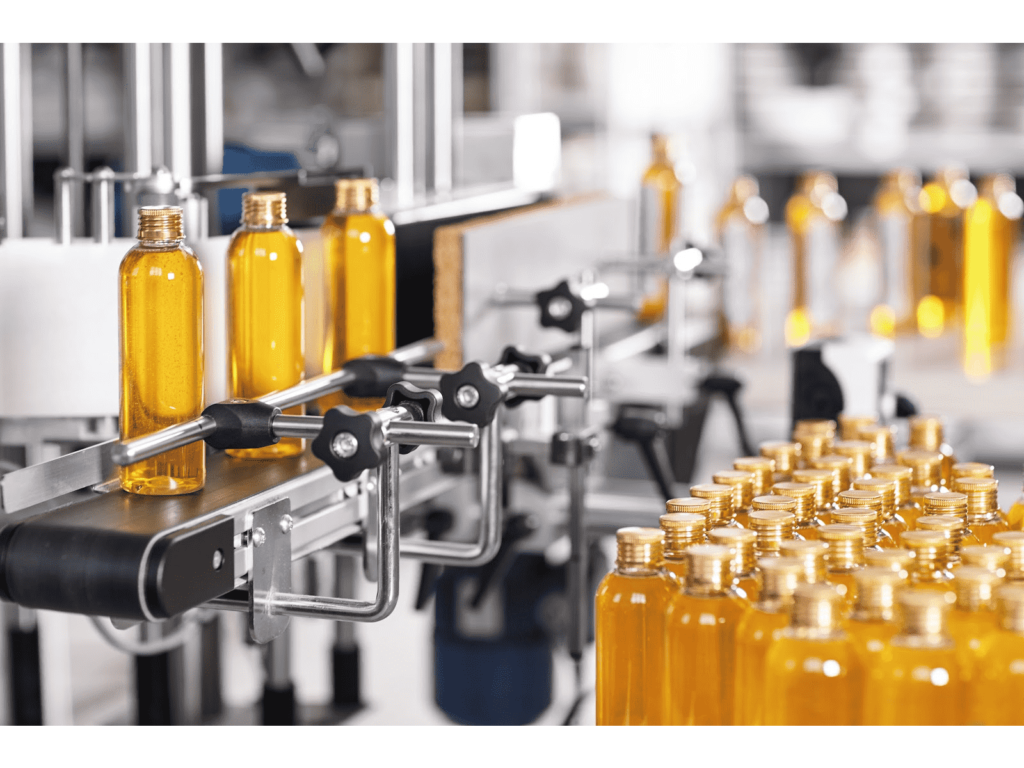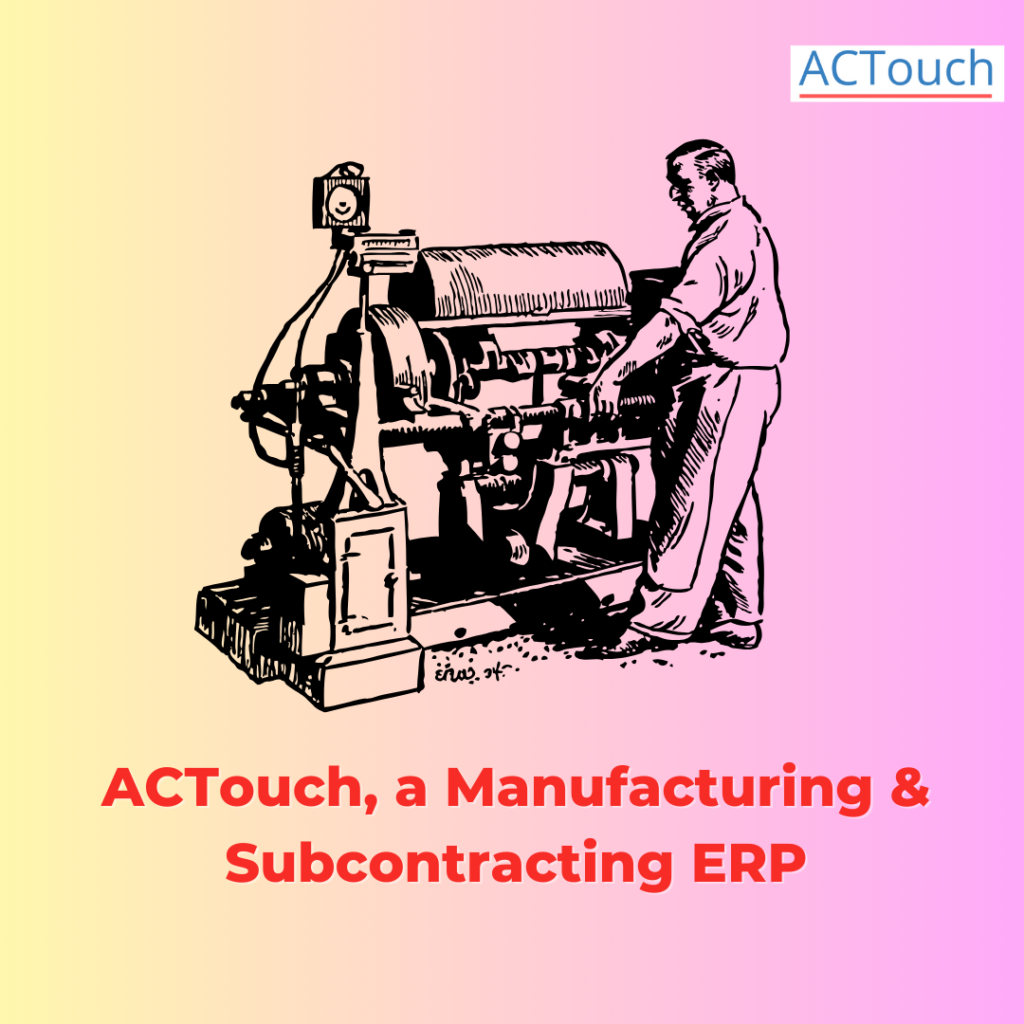Best way to Understand on Assembly Lines in Manufacturing
What is an Assembly Line in manufacturing?
An Assembly Line in manufacturing is a systematic production process where a product is assembled step-by-step through a sequence of workstations. Each workstation is responsible for a specific task, and as the product moves along the line, components are added or processes are completed until the final product is ready for distribution. Assembly lines (AL) have been a revolutionary force in the manufacturing industry, transforming the way products are made and significantly improving productivity.
It’s said that Mr. Henry Ford of Ford Motor Company is the person who was responsible to build an Line of cars assemblyand increased the Finished Products assembly per day.
These assembly line concepts are designed to focus on the specific skilsets of a labor or activity, division of labor across the line of assembly, make them a simple and repetitive tasks, arrangement of machines are done such that there are no bottlenecks in the progress. Most of these products would be moving around on conveyor belt where at each designated stations individual workers would do their repetitive tasks and move the semi finished product to next stage. These assembly line systems are good for automotive industry, household appliances those are produced in mass capacity, even our modern assembly concepts where Assembly line workers would complete their tasks in a repetitive and focused way.
Main advantage of this is, complex products are broken into simple and easy to assembled ones. Each Component’s cycle time to assemble is measured and time between each operation to operation is calculated. Based on these inputs automated assembly lines are structured.
How do you differentiate between Manufacturing and Production Line?
While the terms “manufacturing” and “Production line” are often used interchangeably, there is a fundamental difference between the two. Manufacturing refers to the overall process of creating goods or products, which can include various methods such as manual labor, automation, or a combination of both.
On the other hand, a production line is a specific type of manufacturing process that follows a linear, sequential order. It involves a series of workstations where each performs a specific task to assemble or manufacture the product. In essence, the production line is a crucial aspect of the overall manufacturing process, particularly in mass production scenarios, as it streamlines operations and maximizes efficiency.
What are the various advantages of Assembly lines (AL) in manufacturing?
Assembly products lines offer numerous benefits to manufacturing businesses, empowering them to thrive in a competitive market. Some of the key advantages include:
Increased Productivity
By dividing the manufacturing process into specialized tasks, ALs enable workers to become highly skilled in their specific areas. This specialisation results in increased efficiency and productivity, leading to more products being manufactured in a shorter timeframe.
Consistent Quality
ALs enforce a standardised process for each product, reducing the likelihood of human errors and ensuring consistent quality across the entire production.
Cost-Effectiveness
The optimized workflow in ALs reduces waste and minimizes production delays, thereby lowering manufacturing costs and increasing profitability.
Faster Turnaround Time
With products moving seamlessly from one workstation to another, AL significantly reduce the time required to produce a finished product. This quick turnaround time enables companies to respond promptly to market demands and changing consumer preferences.
Scalability
assembly products lines are inherently scalable, making it easier for businesses to increase or decrease production output according to market demands without major disruptions.
Safety
Well organised AL can lead to improved safety standards as workers become experts in their assigned tasks, reducing the risk of accidents and injuries.
Improved Inventory Management
As AL work on a “just-in-time” principle, where components are delivered when needed, inventory management becomes more efficient, saving storage costs and reducing the risk of obsolete inventory.
What is the difference between Production Line and Assembly Line?
The terms “production line” and “assembly line” are often used interchangeably, but there is a subtle difference between the two:
a. Production Line: A production line refers to a broader concept that encompasses the entire manufacturing process, from raw material acquisition to the final product’s completion. It includes various stages such as designing, sourcing materials, quality control, assembly, and packaging.
b. Assembly Line: An ALs, on the other hand, is a specific part of the production line. It represents the sequential arrangement of workstations where products are assembled, step by step, until they reach the final stage. In essence, the AL is a focused segment of the broader production line, dedicated to the assembly of components.
In summary, the production line is the entire process of manufacturing a product, while the AL is a critical component within that process, specifically responsible for the assembly of the product.
FAQs.
What industries benefit the most from implementing assembly lines?
ALs are highly beneficial across various industries, especially those engaged in mass production. Automotive, electronics, consumer goods, and pharmaceutical industries are among the top beneficiaries. However, almost any manufacturing sector can improve efficiency and productivity by incorporating AL production methods.
Are AL’s suitable for small businesses?
Yes, assembly products lines can be adapted to suit the needs of small businesses. Although the scale of production might be smaller, implementing an AL can still lead to increased efficiency and reduced manufacturing costs.
How can production lines can improve product quality?
AL enforce standardized processes, ensuring that each product is assembled or manufactured consistently. This reduces the chance of errors and defects, resulting in higher product quality.
Are AL’s completely automated?
While some AL are fully automated, many still involve a combination of human workers and automation. Human oversight is essential for tasks that require dexterity, problem-solving, and decision-making.
How can I set up an AL for my manufacturing business?
Setting up an AL requires careful planning and organization. Start by analyzing your production process and identifying areas that can be streamlined through an AL. Invest in appropriate machinery, ensure worker training, and continuously monitor and improve the line’s efficiency.
AL have revolutionized the manufacturing industry by providing unparalleled benefits such as increased productivity, consistent quality, and cost-effectiveness. By distinguishing between manufacturing and production lines, businesses can better understand how AL’s play a pivotal role in optimizing their operations. Embracing this efficient production method can elevate businesses to new heights of success, enabling them to meet customer demands with speed, precision, and quality. Whether large-scale or small-scale, incorporating assembly lines can be a game-changer for any manufacturing enterprise looking to stay competitive in today’s dynamic market.
|


